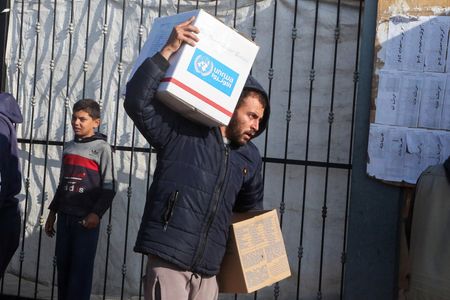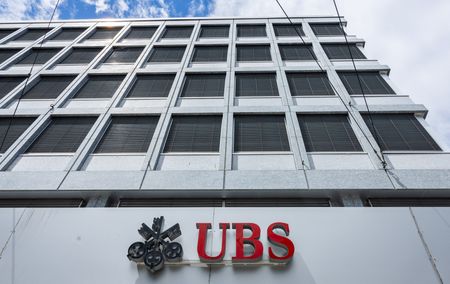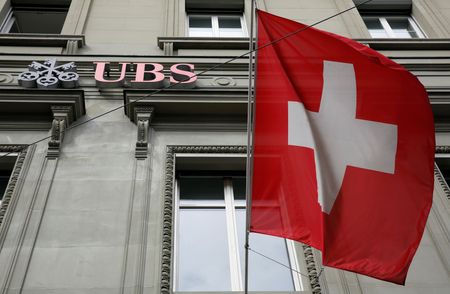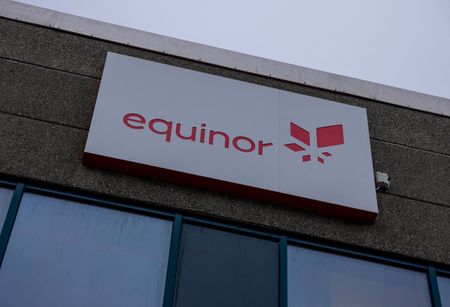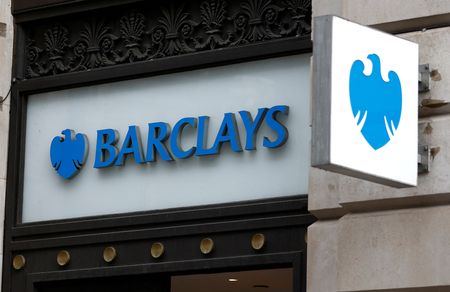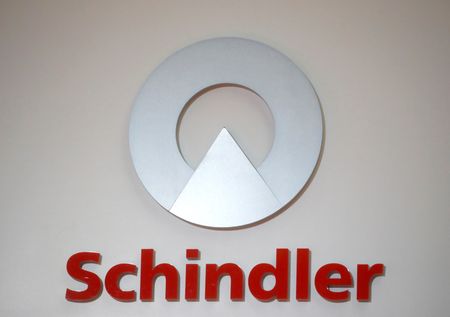By Anna Peverieri
(Reuters) -Steelmaker ArcelorMittal warned on Wednesday that delays in resolving global trade disruptions due to tariffs could impact its initial steel consumption forecasts for this year, particularly in the United States and China.
Its shares fell 4% to the bottom of France’s CAC 40 blue-chip index by 0809 GMT as the comments overshadowed the group’s first-quarter core profit which was above market expectations, helped by a strong performance in Liberia.
The world’s second-biggest steelmaker had previously said it expected 2025 global steel demand growth of 2.5% to 3.5%, excluding China, the world’s top consumer and producer of the metal.
“Looking ahead, a measure of caution about the short-term outlook is appropriate. Heightened uncertainty around the terms of global trade is hurting business confidence and risks causing further economic disruption if not quickly resolved,” CEO Aditya Mittal said in a statement on the results.
European steel producers were already grappling with soaring energy costs and intense competition from cheaper Chinese imports and these are now compounded by the recent introduction of higher tariffs on exports to the United States.
ArcelorMittal’s comments echoed Swedish peer SSAB, which said it expected a more uncertain outlook for its steel divisions due to tariffs.
The Luxembourg-based company reported first quarter earnings before interest, taxes, depreciation and amortisation (EBITDA) of $1.58 billion, beating analysts’ consensus estimate of $1.55 billion provided by the company.
ArcelorMittal shipped about 13.6 million tons of steel in the first quarter, slightly up from the year-ago period.
Still, the group said steel spreads in Europe have rebounded from unsustainably low levels, with the outlook bolstered by a European Commission action plan announced in March to make Europe’s ailing steel sector more competitive and shield it from the impact of U.S. tariffs on imports of steel and aluminium.
ArcelorMittal reaffirmed its 2025 capital expenditure outlook, maintaining its investment forecast in the range of $4.5 billion to $5.0 billion for the year.
(Reporting by Anna Peverieri; Editing by Kim Coghill, Sherry Jacob-Phillips and Emelia Sithole-Matarise)




